Surfing
How to tame a giant sea monster
I wake up, after a broken sleep, on the day of a massive swell in Nazaré, Portugal. No prayers, no heavy metal music blasting. It’s just about focusing on what’s real and the essentials.
Mentally and physically verifying the checklist: you need your hooded wetsuit, booties, gloves, Quiksilver Airlift inflatable vest that has unused CO2 canisters screwed in correctly and the pins are ready to engage. You need your tow board, fins in and secured, straps screwed in tight, jet ski fuelled up and running, water, a few cans of Red Bull and last (but most importantly), your tow partner is ready to go and has the similar energy going. You need to be on the same page.
Majority of the time there are film crews, photographers, journalist, friends, friends of friends that want to capture and feel the moments of the surfers heading out to sea. This can be extremely distracting and can potentially throw you off your game… for me it’s smile, head down and get the f*ck out there… The waves don’t wait.
I hate waiting, waiting, waiting for the right wave, and then sometimes you’ll miss it anyway. At the start of the day, everyone’s sussing it out and being all tentative and looking at the conditions. That works for some and probably the most sensible thing to do but I’ve never done that. I like to ‘GO, GO, GO!’ and get a wave under my belt.
My goal isn’t to get the biggest wave. Of course, I wouldn’t complain if the bigger ones come my way when it’s my turn. But I’m not into hassling. At the end of the day, I just want a number of good quality and exciting waves. My priority is to always have fun, help to create a good vibe in the water and to share rare experiences with a unique breed of dedicated, passionate and inspirational humans.

My 52nd birthday is fast approaching and I’ve been blessed with this amazing lifestyle for more than three decades with the support from the leading surfwear brand Quiksilver and number one energy drink, Red Bull.
One thing you learn over many years is that hesitation is the enemy and the biggest downfall, that’s when you can really get in trouble. You’re either all go, or not at all. If it doesn’t feel right, just let it go. BUT, if it does, just f*ckin GO, no matter what!
The direction and strength of the wind in big wave surfing can create two very different beasts. Usually in surfing, offshore winds are the most favourable conditions. However, a strong offshore on a big wave can cause so much chop that it is nearly impossible to ride.
BEAST ONE (with extreme offshore) makes you think you’re on the wave, but you’re not. You’ll need to overcommit to drive through it. Not very enjoyable, extremely punishing on your legs and knees.
BEAST TWO (no winds or light winds – either on or offshore): there’s less resistance which makes you feel like you are carving down a clean glassy surface – similar to snowboarding down a perfectly groomed mountain.
When you’re on the wave, the overwhelming rush of speed feels in excess of 100 km/h. That doesn’t sound like much, but when travelling down the face of a wave strapped onto a 6-foot surfboard, I can promise you, it feels fast. Really fast.
I always like to make the comparison and similarity of big wave surfing to driving on a racetrack, although the locations are polar opposites, one coastal and the other landlocked.
For example: I like to drive ‘fast’ as an ‘amateur’ wannabe race car driver at the Nurburgring in Germany – nicknamed ‘The Green Hell’. The track to me is very similar to the big waves at Praia do Norte, Nazaré, Portugal, they are both the most exciting and challenging rides I’ve experienced.
Honestly, when I drive a car on a track and get THAT perfect line through the corners, it’s the same exhilarating sensation that I experience steering my tow surfboard through the right line of a massive wave.
Holding your nerve on a fast corner at the Nurburgring – ‘feeling and trusting’ that your tyres will grip is the same as turning at the bottom of a Nazaré big wave – ‘feeling and trusting’ that your fins will grip.
A dry uncrowded track with perfect visibility and a straight massive swell with light winds is my heavenly oasis.

DON’T GET EXCITED TOO SOON
If you wait too long to bottom turn at the base of a massive wave, you’re going to get hammered by the lip and then dragged all the way to the beach. It’s harrowing when you’re under water for so long. It is probably about a minute but feels like an hour of getting violently thrashed.
If you have a successful ride, don’t get too excited. Once you get around the white water, you’re hoping your partner with the jet ski is there to collect you. Don’t ever rely on him to be there; if he’s not, you’ll have to suffer the following sets breaking on you. Ultimately, he is there, so you can climb onto the back of the rescue sled and get excited about the next wave.
My goal isn’t to get the biggest wave… My priority is to always have fun, and help to create a good vibe in the water.
On the 25th of February 2018, it was coming to the end of the season at Nazaré. It was a relatively small day for Nazaré and I was washed up on the rocks. It would have been a big day at most other surf spots. I got a bit careless and slackened off.
It was a good lesson. I didn’t even do my strap up on my buoyancy vest. Now that’s slack. The Quiksilver Airlift inflatable vest helped me avoid some really bad injuries that day, and my 5mm neoprene rubber hood also helped. The main thing was not panicking. I didn’t think I was in that much danger at all, but when I saw the footage it looked extremely dangerous.
I don’t feel embarrassed about it at all. I was just amazed how it happened. When I misjudged the wave on the second peak, I was a great distance away from the rocks. I ejected, was pulled down and dragged along the bottom of the seabed by the undertow which hurdled me out like a high-speed conveyor belt, right in front of the rocks.
I was sandwiched between a wave and the rocks, and then being bounced over them. Once the water drained away from the rocks, it slotted me in between them, giving me the opportunity to brace myself to take on the next wave.
It was like a flashback to when I was 10 years old at Terrigal Point, and my brother and I used to hide behind the rocks as children and get tubbed.
HOW DO THEY EVEN MEASURE THAT?
I was nominated for two categories in the recent World Surf League Big Wave Awards – Ride of the Year and Biggest Wave. I didn’t win either award but did have fun in Hollywood with my son and my closest friends who had travelled to the awards.
For years, I’ve stuck to not getting caught up in this sort of competition. I’m not chasing the waves for this reason, I do it for myself. I was lucky enough to be the oldest person to be nominated with some of the best Big Wave Surfers in the world.
How do you calculate the size of a wave anyway? It’s pretty hard… I’ve been in conversation with a number of big wave surfers on how better to calculate these waves. I think you’d need a physics professor, a meteorologist, experts in photography and a panel of current big wave surfers. It would be beneficial (like in every other sport) to know what we personally accomplish.
The winner for Biggest Wave was one of the hardest working, excited and humble big wave surfers, Rodrigo Koxa.
NEVER HAD A ‘REAL JOB’
I’ve never had that normal lifestyle or nine to five job. Leaving school and joining the pro surfing tour for the first decade of surfing was living that rock and roll lifestyle. Some may say we were living the dream. My dream life just became progressively dreamier – free surfing, then big wave surfing, then making films and co-producing them.
Anything but a nine to five job, and I’ve been determined to keep it that way.
I don’t know how much longer I can keep going. But I try to preserve myself. This last winter for example, I choose my waves sensibly instead of jumping on every wave and punishing my body – only that last incident on the rocks, and even that I didn’t get injured. Injuries take a lot out of you at this age so I really try to avoid them.
One thing you learn over many years is that hesitation is the enemy and the biggest downfall.
Overall, the body’s feeling good. I get hurt more on smaller waves. Gymnastically you can pull ligaments doing all that twisting and turning and stuff, so I’ve learned to preserve myself for the big ones and the big days. You need a solid stance and the right mindset. And that’s how I’ve been doing it so long.
One thing I know is you’ll never keep me out of the ocean. The ocean to me is necessary. I’m not this spiritual soul man but I definitely need it for my sanity. If I go away from the ocean for a week, I start to get all weird and frustrated.
When I’m in the ocean it’s my battery pack. It re-energises me. I can go underwater and blow my face out and just be in the water, underwater, in the ocean. It makes me feel alive and brings me back after a long flight or whatever. It’s like, ‘Aaaaaaaah, I’m back’.
Neeeeext!
More about: Big wave surfing
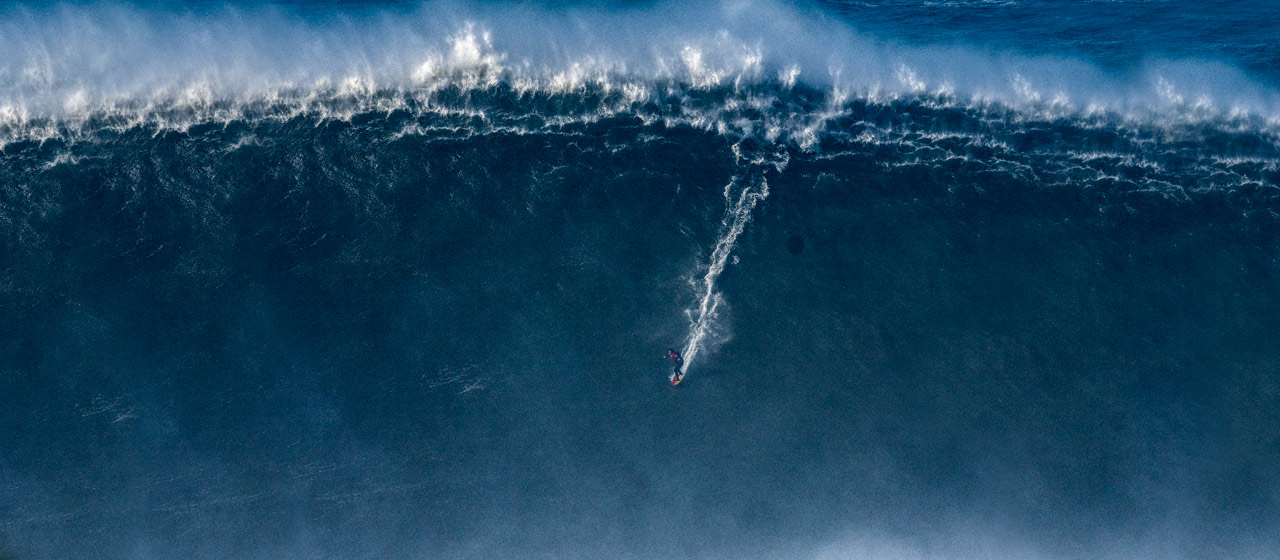
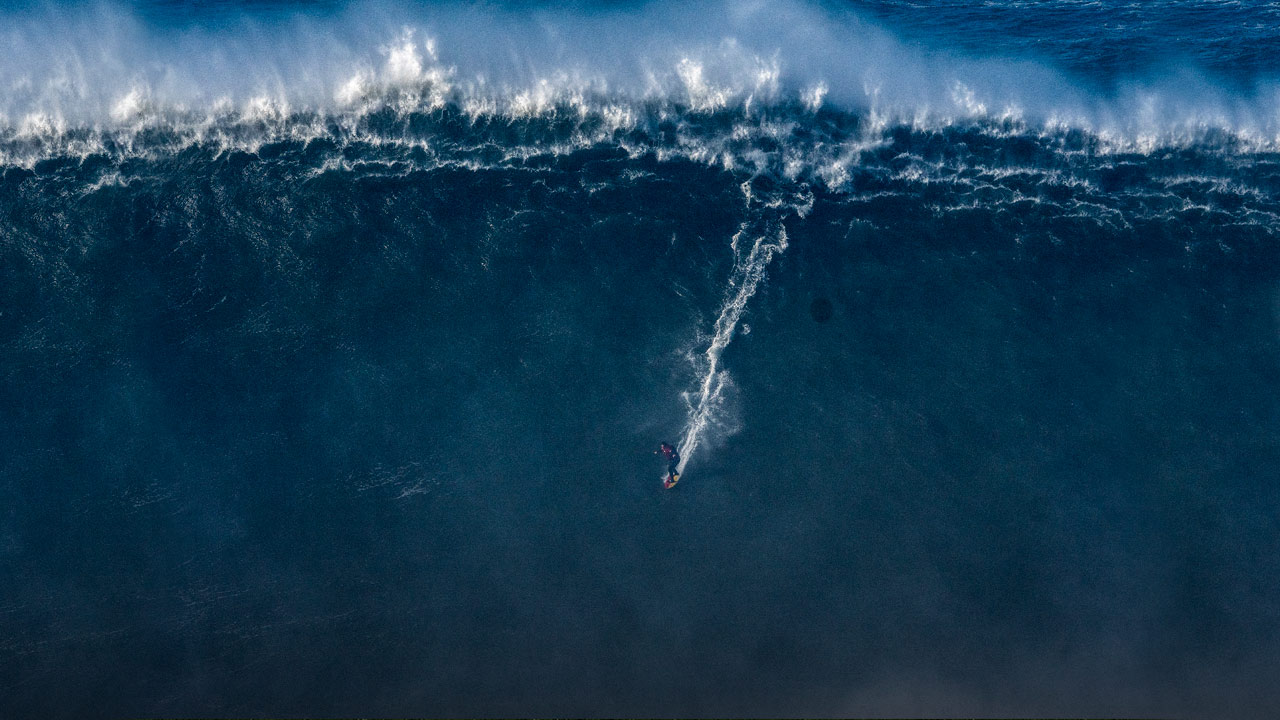
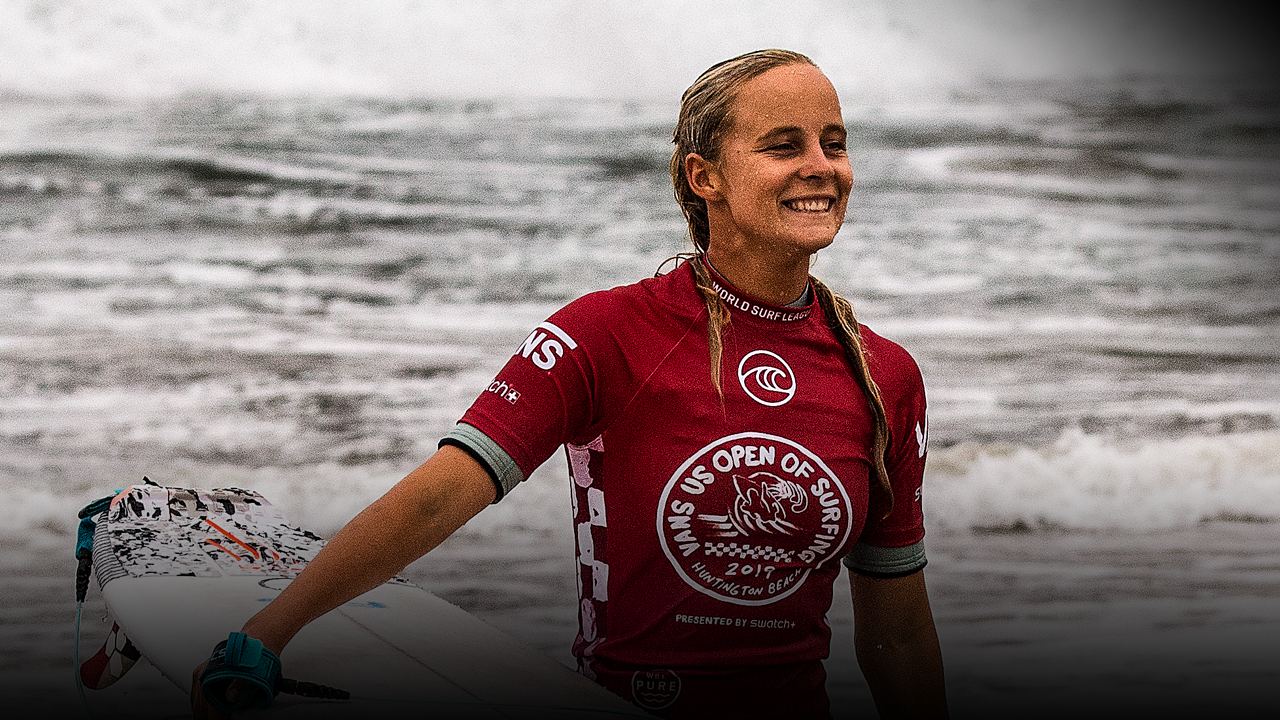
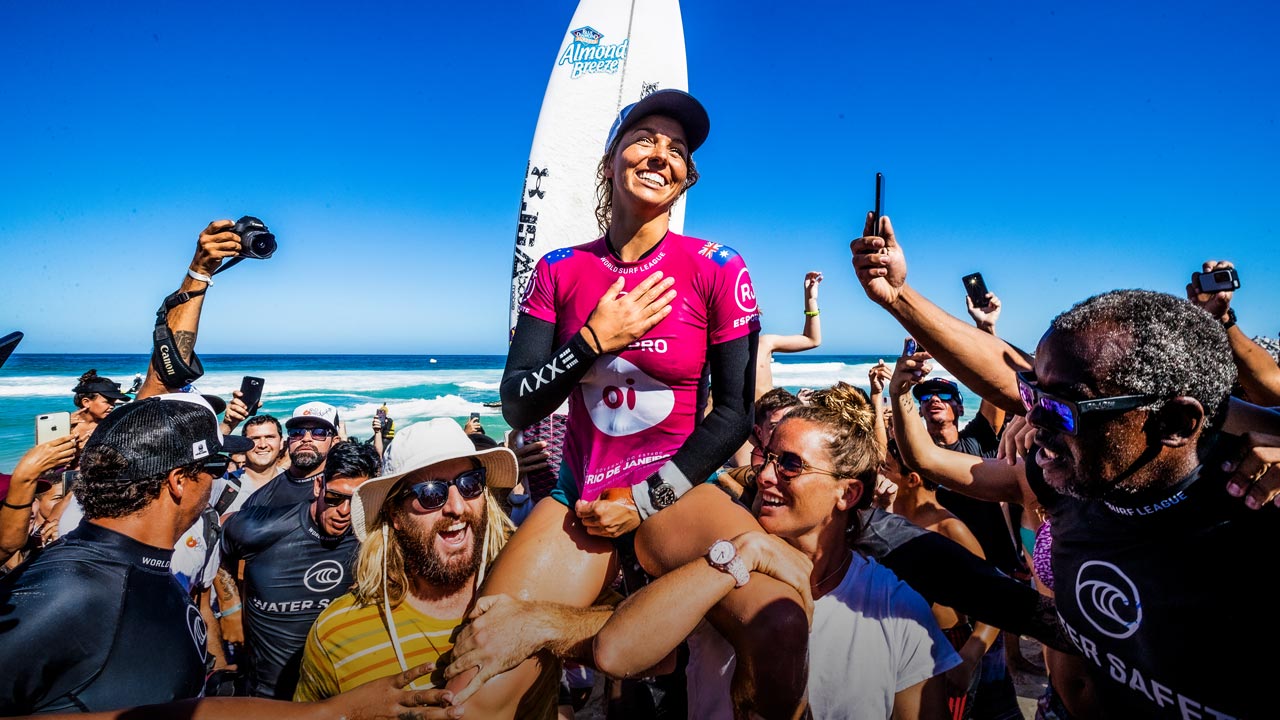
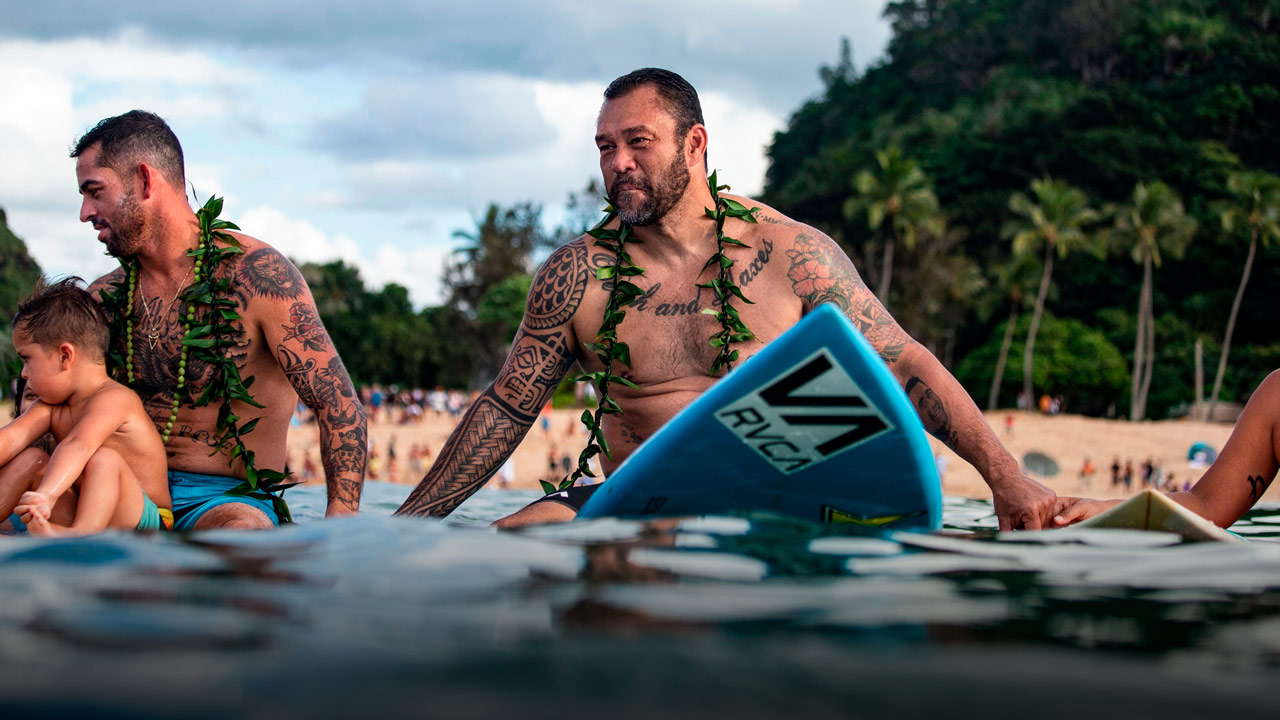
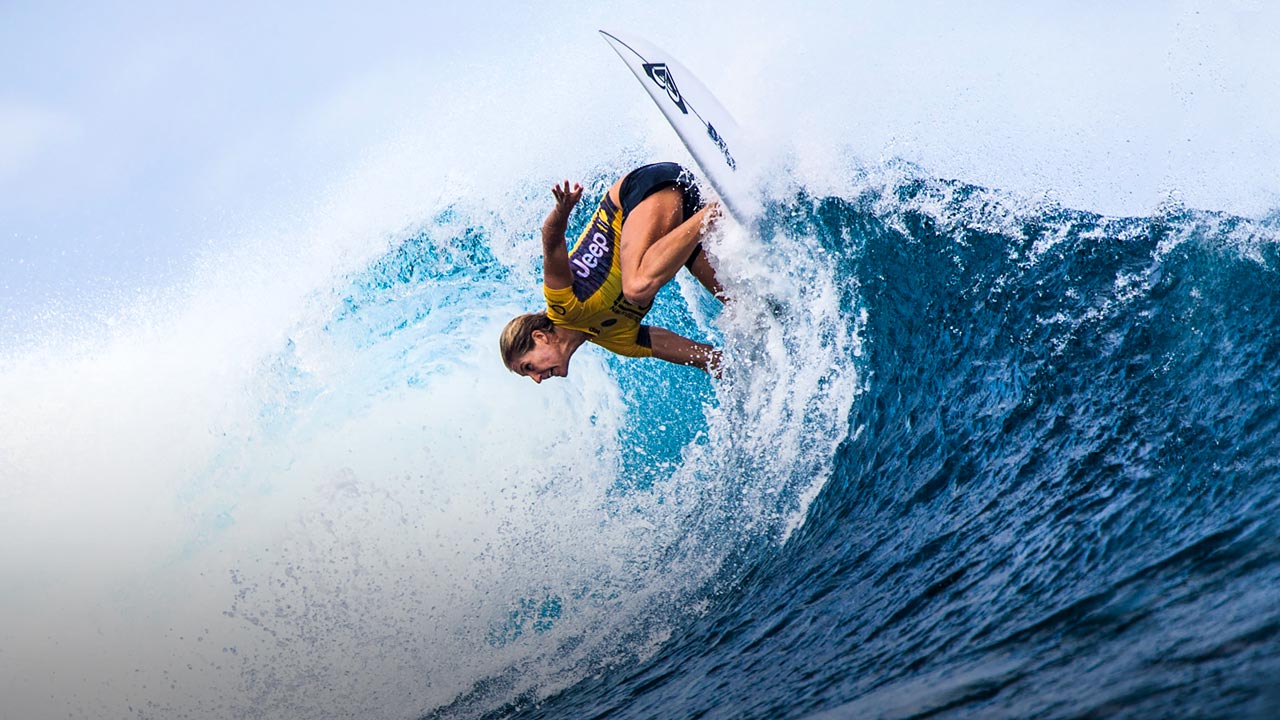
 Load More
Load More